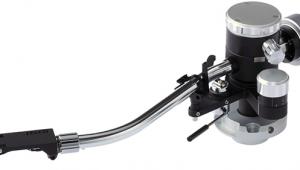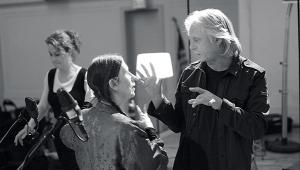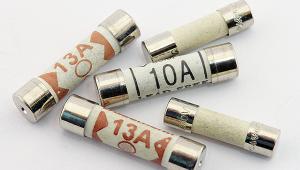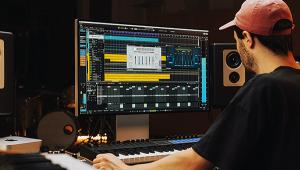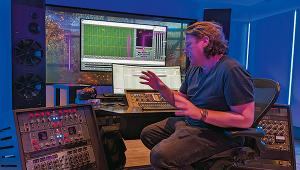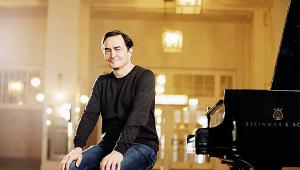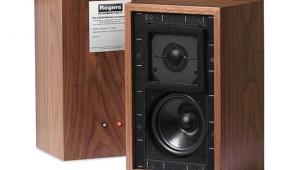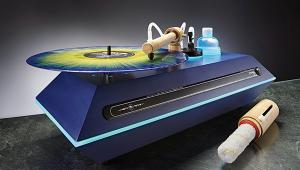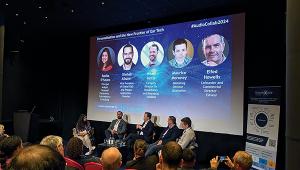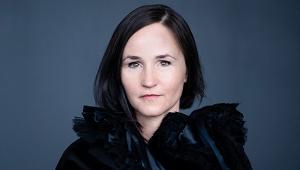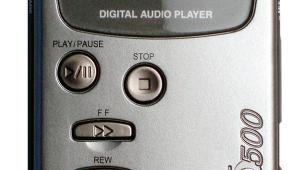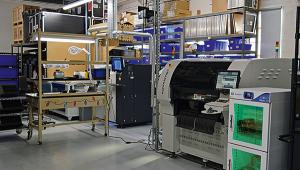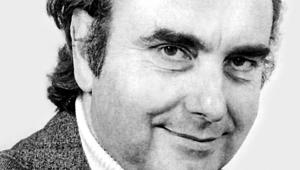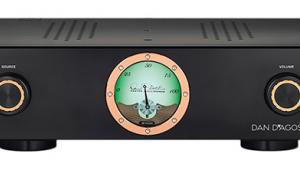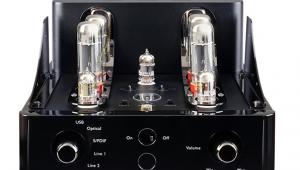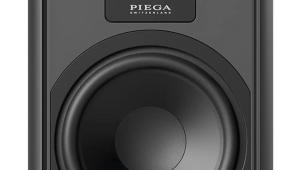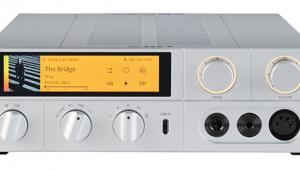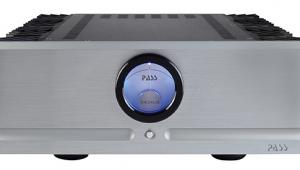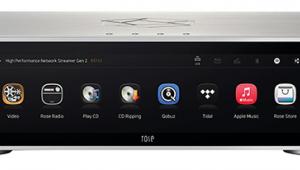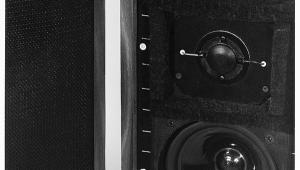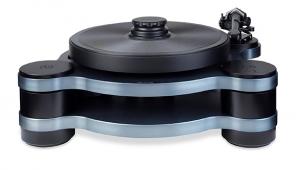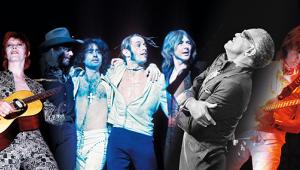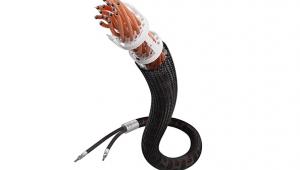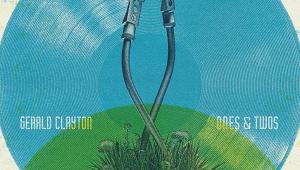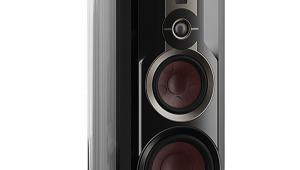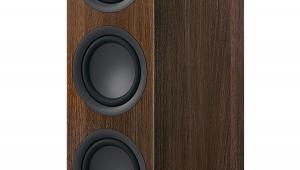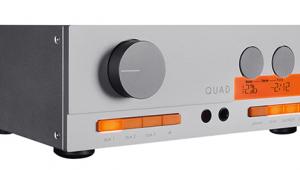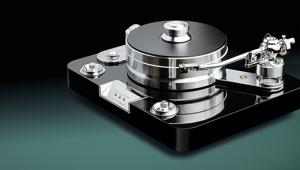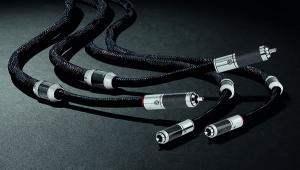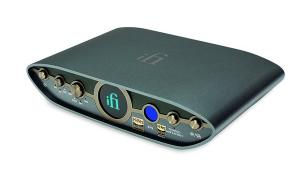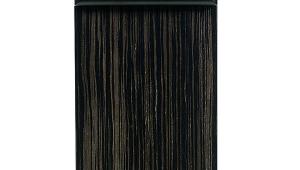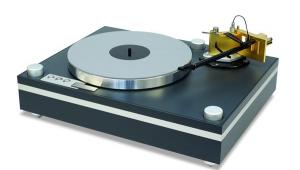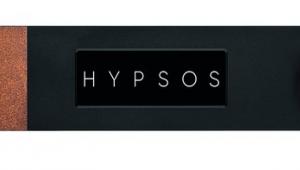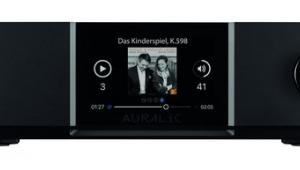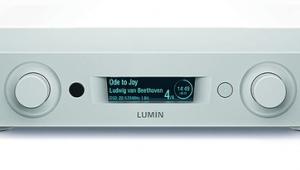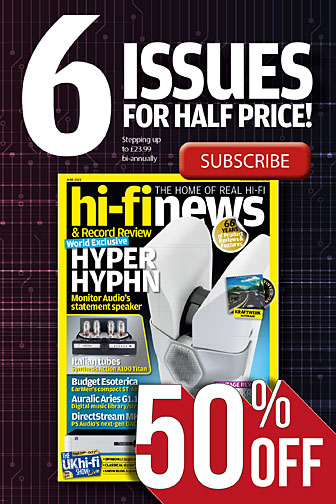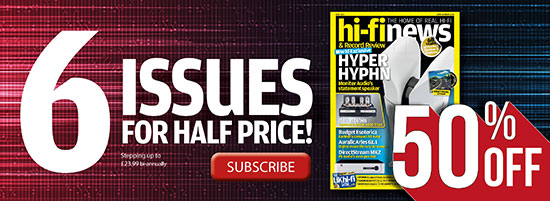Reviving radio's lost dynamics
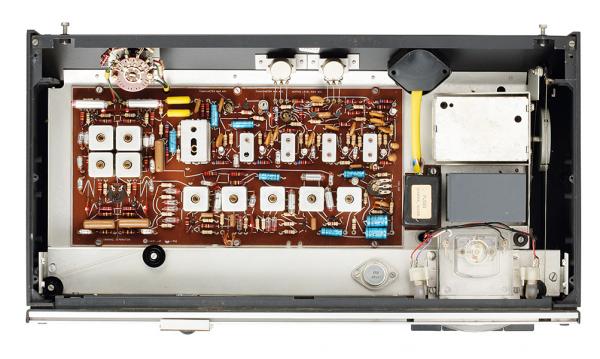
What is ‘a creative’? The term is usually used to describe an actor or musician, or someone working in the arts. But if creativity means problem-solving and generating new ideas, then can an engineer be described as ‘a creative’ too?
This question popped into my mind when writing a recent column [HFN Feb ’25] on experiments I’ve been doing to explore if a digital stereo FM tuner could do a better job than even the best old ‘super tuners’ when it comes to extracting the maximum possible sound quality from broadcasts. (Interested readers can now read a new webpage I have produced on the topic titled ‘Digital Tuners: The Best Choice for VHF FM Radio?’, to be found at www.audiomisc.co.uk/FunWithFM/FunWithFM.html).
Dongles and data
I did this work partly out of simple curiosity – the driver of science. But also partly because the engineer in me felt it might lead to new tuners that could deliver better sound even in adverse reception conditions that defeat the best old ‘analogue’ tuners!
The results were quite promising and do, indeed, indicate that a well-made digital stereo FM tuner could deliver higher fidelity than the old ‘super tuners’ when faced with real-world problems, such as multipath distortion. From the point-of-view of a scientist, that’s the required result. Job done. But for an engineer the real question becomes whether it’s possible to design, create, and make available a truly ‘better’ tuner for real-world practical use.
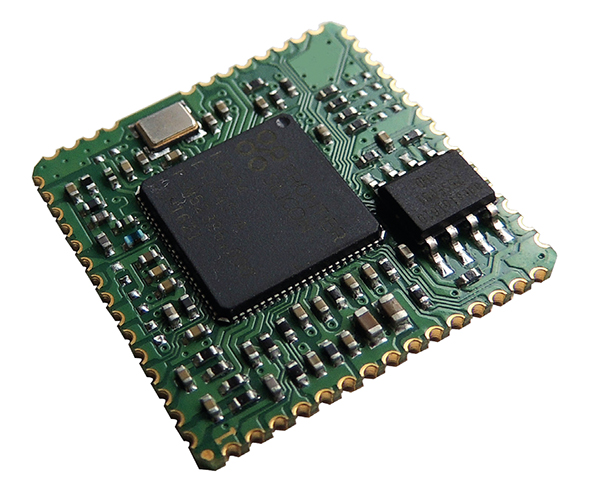
Combined DAB/DAB+/FM digital radio module from Frontier Smart Technologies and [top] B&O Beomaster 5000 with IF stages and stereo decoder [centre], tuner-head, output filters and buffers [left],
The good news is that the way I approached the challenge relied on a small, but high performance, USB ‘radio dongle’ (the FUNcube Pro+, yours for around £150) and some software I wrote to capture and process the results. By its nature, this is something an interested engineer could adopt at low cost. This is very different to the old super tuners that required very high-spec components in their passband filters, etc. In addition, further gains could be had as the software was developed. Users could then ‘update’ this by downloading an upgrade rather than having to buy a new tuner, which would be ideal for what is now a niche market.
From flat to full
Having written the above I guess I am mainly an ‘engineer’ because my real interest was: ‘Is there a better way to do this and get improved results?’, the answer being ‘Yes!’. My interest in science sparked my curiosity about the factors that ultimately degrade the performance of traditional FM tuners. This now leads me to wonder: could software in a digital tuner offer user-controlled ‘expansion’ of the level compression many radio stations apply? This compression flattens the dynamics of music and the software could enhance the listening experience.
Radio realities
On this last question I’m doubtful. Not only because the behaviour varies from station to station, but often with the time of day! And to be honest, I actually enjoy listening to BBC Radio 3 FM during the daytime largely due to the fact that it is level-compressed, and sounds better when – as the broadcasters assume – I’m also busy doing some other task.
Evenings are a different matter. If we knew the compression settings of broadcasts, then matched expansion might bring a significant improvement to concerts, etc, on Radio 3. Regardless of whether I’m a ‘creative’, that sort of question intrigues me as both a scientist and an engineer. So stay tuned...
